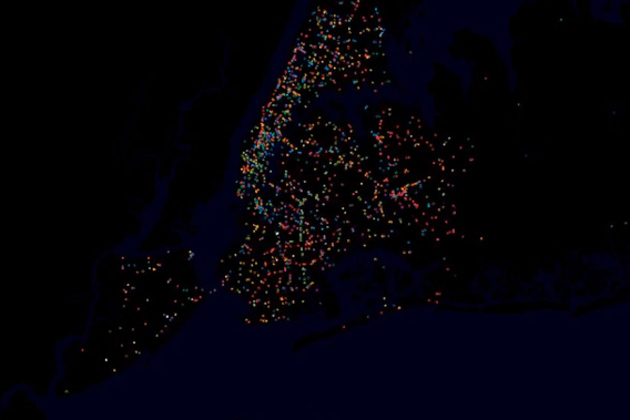Public Data Website to Launch This Week
Data geeks can rejoice as the City of Raleigh makes more public information available through its new website.
This week the City will launch Open Raleigh, a new platform for storing, accessing and visualizing public data. It’s appropriate timing, considering March 10-16 is Sunshine Week, a celebration of open government.
City officials hired Socrata, a company that specializes in open data, to host the site, which will include various forms of public information. The city will spend $10,000 on a four-month pilot and then $50,000 for a full year after the pilot is over.
When Open Raleigh launches in a beta version Friday, residents will have access to fire, police, census and building permit data as well as some financial data. More data will continue to be added as the public requests it.
The data will be in a readable and downloadable format so it can be manipulated or visualized in a number of means. For example, neighborhood leaders can create crime maps for their communities, or mobile application developers can create an app that tells users where to find the nearest greenway.
A full launch will be done in late September and will include a full financial ledger.
Eventually, Open Raleigh will be compatible with other regional municipalities and include data from county, state and the federal government.
City IT staff and members of the Technology and Communications Committee this week discussed ways the City could measure the return on investment and track how the data is being used, but more work will need to be done before that is possible.

